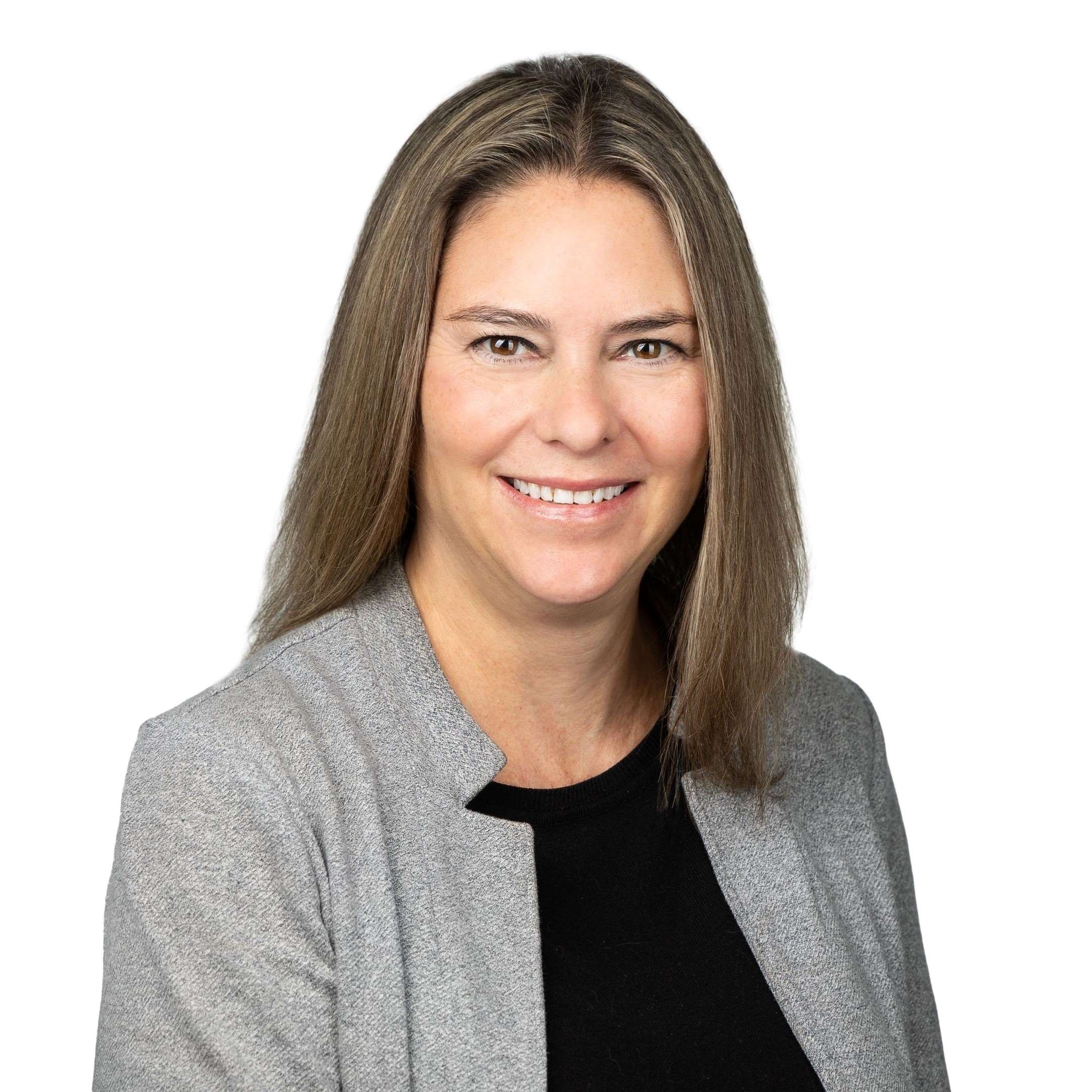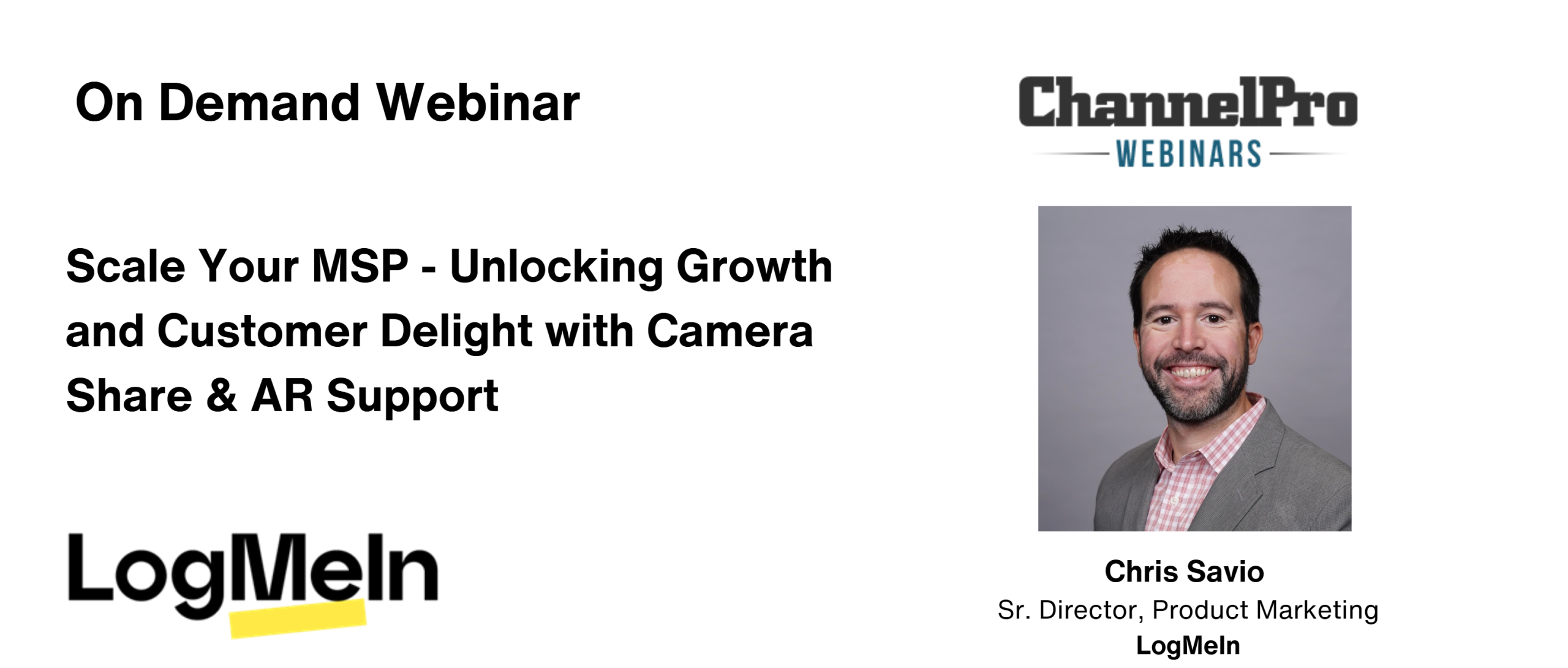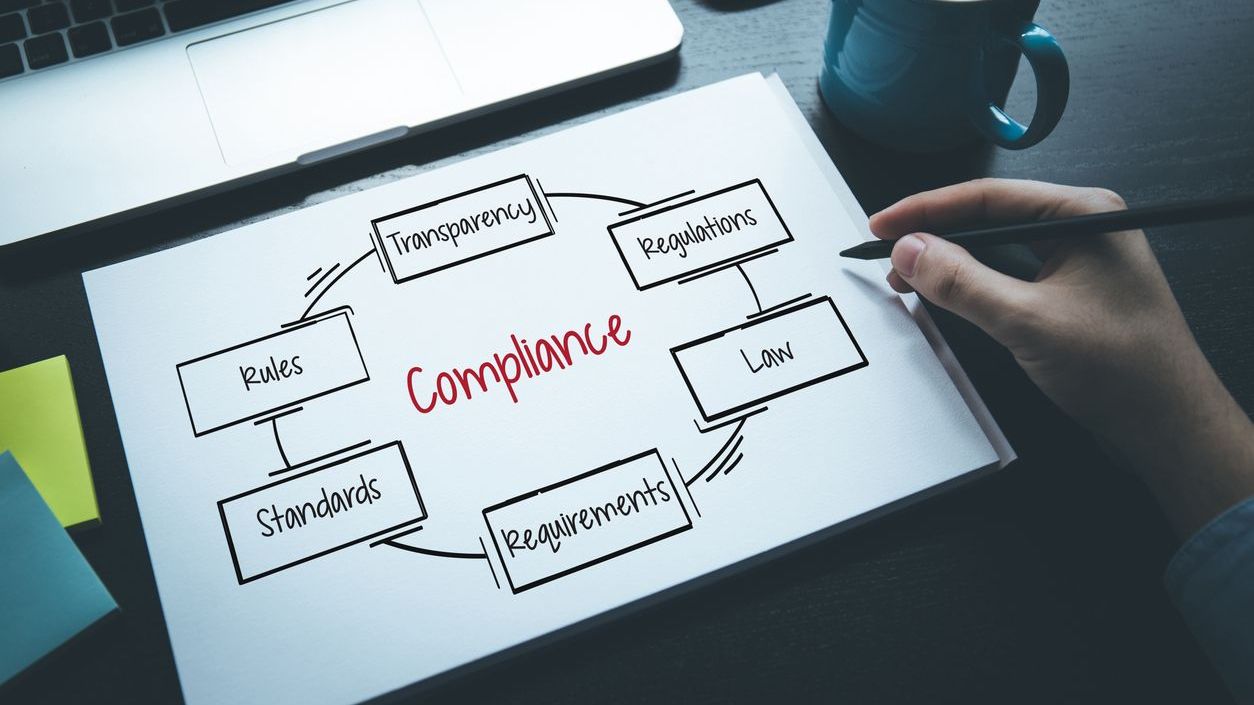You’ve been meeting with a channel customer for the last few months and their stakeholders are all on board. You’re just about to finalize the contract when the client’s CFO casually asks: “How will this purchase impact our bottom line?”
What do you say?
Until recently, most IT purchases involved big boxes and long purchase cycles, and thus, were made as capital expenditures (CapEx).
But a global pandemic propelled cloud adoption at a breakneck pace that continues today. In fact, worldwide end-user spending on public cloud services in 2023 is forecast to grow 20.7% to $591.8 billion, up from $490.3 billion in 2022, according to Gartner.
Just like as-a-service models transformed computing, operating expense (OpEx) models are transforming SMB, midmarket, and enterprise channel purchases. Understanding their advantages and disadvantages can help you meet with customers’ finance people and other stakeholders with confidence.
CapEx: You Buy It, You Own It
CapEx refers to the one-time, upfront purchase of fixed assets, such as IT equipment, buildings, vehicles, etc. The included services are often “one and done”; once payment is received, your customers own their equipment.
Today, channel customers not only have many more technology choices to make than ever before, but they also have many more stakeholders involved in the decision-making process. The result is that 56% of organizations said they had a high degree of purchase regret over their largest tech-related buy in the last two years, according to Gartner.
These technology purchases also require careful capacity planning. To avoid coming up short, businesses often purchase more than what’s needed, resulting in unused (or underused) capacity, which is a drag on the business.
In addition, CapEx purchases must be amortized over the life of the asset, which requires different accounting practices. This includes depreciation over an extended number of years as well as tax adjustments.
As a result, CapEx purchases reduce a customer’s cash flow, which restricts them from making needed investments to grow their businesses—especially in uncertain times. Of course, customers could finance the purchase; however, that financing comes at a cost—by higher interest rates in today’s economy.
The good news? Going forward, 65% of tech buyers will prioritize as-a-service consumption models for infrastructure purchases, according to IDC, which is driving greater opportunities for MSPs.
OpEx: The Benefits of Usage-based “Ownership”
With OpEx, MSPs can quickly underscore their role as trusted, strategic partners, while increasing profit margins and driving long-term customer value.
MSPs can drastically cut buying cycles by having customers choose from a menu of repeatable, automated offerings curated based on market trends. Customers will make recurring, usage-based payments—typically monthly but frequencies may vary according to customer preferences, allowing them to optimize their cash flow. These expenses are fully tax deductible in the year in which they’re consumed, enabling both MSPs and their customers to reduce their income taxes and increase their cash flow.
MSPs can also offer value-based services that drive uninterrupted performance and improved uptime, protect customers’ critical business assets, optimize cloud spend, and enhance visibility into their systems, thereby extending the lifetime value earned from that customer. MSPs will grow their portfolio and bottom line. Moreover, when they can accurately quantify costs and potential savings, it will increase customer confidence.
With this kind of flexibility, customers can make investments in their core business, grow it faster, and shed interest—a huge advantage when interest rates are rising. At the same time, MSPs will generate recurring revenue that provides a hedge against an uncertain economy.
The drawbacks? Unlike CapEx purchases, customers will continue to pay for something they’ll never own. But they’ll always have access to the latest technologies and a growing menu of services, giving them business agility.
How to Help Your Customers Decide
As an advocate for customers across the channel, the best way MSPs can help reduce buyer’s remorse is by ensuring that CFOs and other stakeholders have a seat at the table. Not only will it help improve their understanding of the technology under consideration, but it will also enable them to bring fresh ideas that may help close the deal.
An as-a-service OpEx model can also help customers eliminate upfront costs, preserve their cash flow, and avoid taking on unnecessary expensive debt burning. In addition, they can try out new digital strategies and, if a solution or service doesn’t meet their expectations, MSPs can easily steer them to another without a significant resource commitment.
As technology becomes increasingly critical to the business, showing an understanding of the intricacies of both purchasing models helps MSPs become trusted advisers for customers in all verticals.
ANDREA MARIN is chief financial officer for Logicalis US, responsible for driving the company’s overall value chain as part of the executive team and leading a team to ensure the company’s profitability using the latest cloud-based digital technologies.














